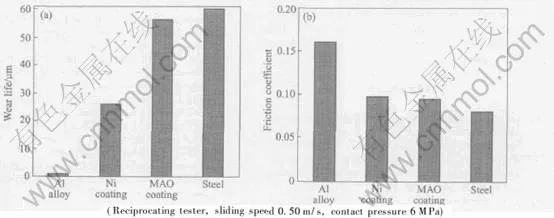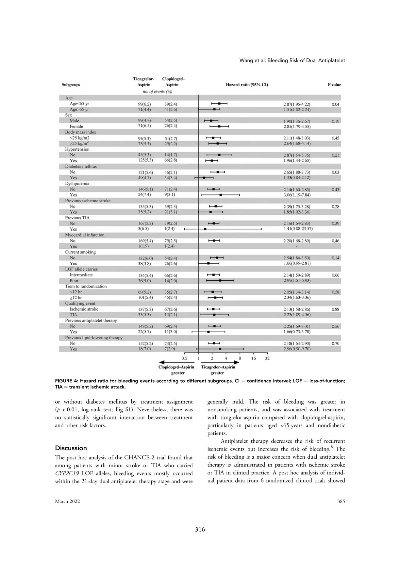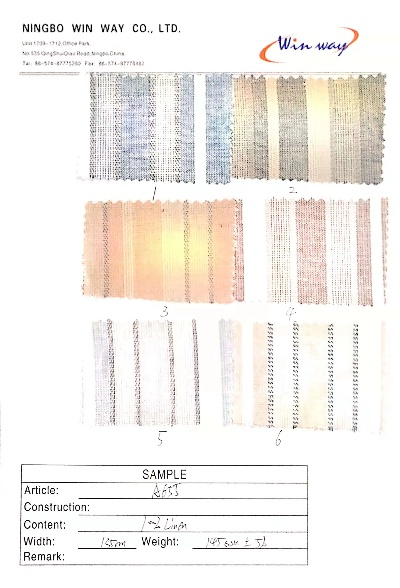The Role of Antimicrobial Textiles in Modern Apparel and Industries
Antimicrobial textiles are a rapidly growing field in modern apparel and industry, with applications spanning from healthcare to sportswear. These materials have the ability to inhibit or kill bacteria, viruses, and fungi on contact, providing an added layer of protection against harmful microorganisms. The use of antimicrobial textiles is particularly important in industries where hygiene and safety are paramount, such as food handling, medical settings, and construction. In addition, their use in sportswear can help prevent infections during physical activity, further expanding their application beyond traditional wearables. As technology continues to advance, there is potential for even more innovative uses of antimicrobial textiles, such as in the development of smart fabrics that respond to changes in environmental conditions or personal preferences.
In the modern era, textiles have become an integral part of our lives, from everyday wear to high-end fashion. However, with this convenience comes a new challenge: the need for textiles that are not only comfortable but also resistant to bacterial growth. That's where antimicrobial textiles come into play, offering a solution to one of the world's most pressing health issues - the spread of infectious diseases.
Antimicrobial textiles are materials that inhibit or kill microorganisms, such as bacteria and fungi, on contact. This property makes them ideal for use in various industries, including healthcare, sportswear, and home furnishings. In this article, we will explore the different types of antimicrobial textiles available, their applications, and some case studies to illustrate how these materials are transforming the way we live and work.
Types of Antimicrobial Textiles

There are several types of antimicrobial textiles, each with its unique properties and benefits. Here are three common types:
-
Physical Antimicrobial Finishes: These involve the use of chemicals or physical barriers to prevent microbial growth. For example, silver ions embedded in the fabric can repel bacteria and viruses.
-
Chemical Antimicrobial Finishes: These involve the use of specific chemicals that kill or inhibit microbial growth. Some examples include quaternary ammonium compounds and biocides.
-
Natural Antimicrobial Materials: These are derived from natural sources like plants or minerals. For instance, certain plant extracts contain compounds that can inhibit bacterial growth.
Applications of Antimicrobial Textiles
Antimicrobial textiles have a wide range of applications, from personal care products to industrial settings. Here are a few examples:
-
Sportswear: Many athletes and coaches prefer antimicrobial sportswear to reduce the risk of infections during training or competition. For example, Nike has developed antimicrobial socks and underwear for their athletes.
-
Home Furnishings: Antimicrobial fabrics are increasingly being used in home furnishings, such as curtains, bedding, and upholstery. They help protect against dust mites and other allergens.
-
Medical Equipment: Medical devices like surgical gowns, gloves, and masks often feature antimicrobial finishes to reduce the risk of cross-contamination.
-
Healthcare Products: In hospitals and medical facilities, antimicrobial textiles are used in patient gowns, bed linens, and other critical care items to prevent infection.
Case Study: The Rise of Antimicrobial Fashion
One of the most notable examples of the application of antimicrobial textiles is the rise of "antibiotic-free" fashion. Many fashion brands are now incorporating antimicrobial treatments into their clothing, aiming to reduce the risk of bacterial infections associated with wearing synthetic materials.
For example, Patagonia, a popular outdoor clothing brand, has introduced a line of antimicrobial jackets and pants made from recycled polyester. These jackets have a special finish that repels bacteria, making them suitable for use in hot weather conditions where sweat can accumulate.
Another example is the collaboration between Adidas and NASA, which developed a line of antimicrobial athletic shoes and apparel for use in space. These products are designed to resist exposure to harmful radiation and microbes, ensuring that astronauts can safely perform their tasks in zero gravity environments.
Conclusion
As technology continues to advance, the demand for antimicrobial textiles will only increase. With the growing concern over the spread of infectious diseases, it's clear that these materials have a significant role to play in our daily lives. From sportswear to healthcare equipment, antimicrobial textiles are transforming the way we interact with the world around us. As we continue to explore new ways to protect ourselves and others, it's exciting to see what innovative solutions await us in the future.

抗菌助剂纺织品在现代生活中扮演着越来越重要的角色,它们不仅具有抗菌功能,还能提高纺织品的使用舒适度和耐用性,本文将详细介绍抗菌助剂纺织品的作用,并通过英文案例说明来进一步阐述其应用。
抗菌助剂纺织品的作用
-
抗菌性能 抗菌助剂纺织品能够有效抑制细菌生长和繁殖,从而起到抗菌作用,它们可以杀灭或抑制多种细菌,包括金黄色葡萄球菌、大肠杆菌等,有效防止细菌引起的感染和疾病。
-
提高舒适度 抗菌助剂纺织品具有优良的透气性和吸湿性,能够保持纺织品表面的干爽和清洁,提高穿着舒适度,它们还可以减少静电和摩擦,减少皮肤刺激和不适感。
-
增强耐用性 抗菌助剂纺织品通常具有较高的耐洗、耐摩擦和耐化学腐蚀性能,能够提高纺织品的耐用性,它们可以延长纺织品的使用寿命,减少更换频率,降低维护成本。
英文案例说明
以下是一个英文案例说明,用于进一步阐述抗菌助剂纺织品的作用:
抗菌纤维面料的应用
近年来,抗菌纤维面料逐渐成为市场上的热门产品,这些面料采用先进的抗菌技术,能够有效抑制细菌生长和繁殖,某品牌推出的抗菌纤维面料,具有出色的抗菌性能和舒适度,受到了消费者的广泛欢迎。
抗菌助剂纺织品的应用实例
-
家居用品领域 在家居用品领域,抗菌助剂纺织品被广泛应用于床单、毛巾、内衣等个人卫生用品,这些产品可以有效抑制细菌滋生和传播,提高穿着者的健康和舒适度。
-
医疗领域 在医疗领域,抗菌助剂纺织品也被广泛应用于医疗器械、手术衣、防护服等,这些产品可以有效防止感染和疾病的发生,保障医护人员和患者的健康。
抗菌助剂纺织品的应用前景
随着人们对健康和生活品质的要求不断提高,抗菌助剂纺织品的应用前景越来越广阔,随着科技的不断进步和新型抗菌材料的出现,抗菌助剂纺织品将会更加广泛地应用于各种领域,为人们的健康和生活带来更多的便利和保障。
抗菌助剂纺织品在现代生活中扮演着越来越重要的角色,它们具有抗菌性能、提高舒适度和增强耐用性等作用,可以广泛应用于家居用品、医疗等领域,随着科技的不断进步和新型抗菌材料的出现,抗菌助剂纺织品的应用前景将会更加广阔。
Articles related to the knowledge points of this article:
Selecting the Right Profile for Your Textiles:A Comprehensive Guide



